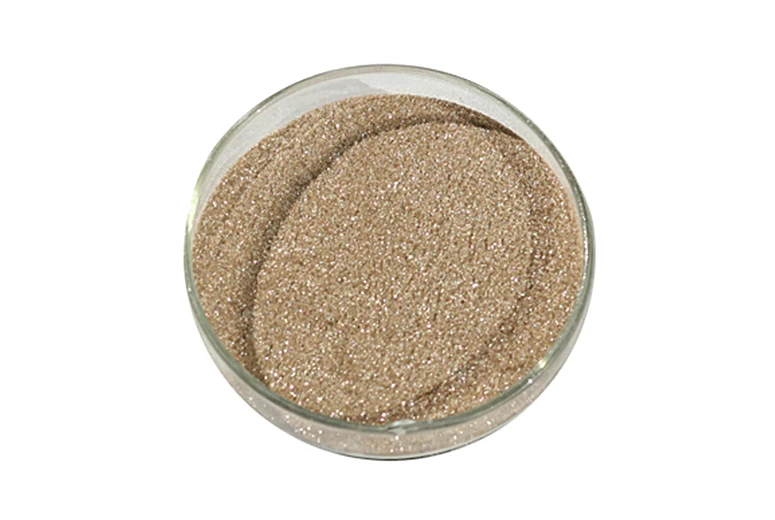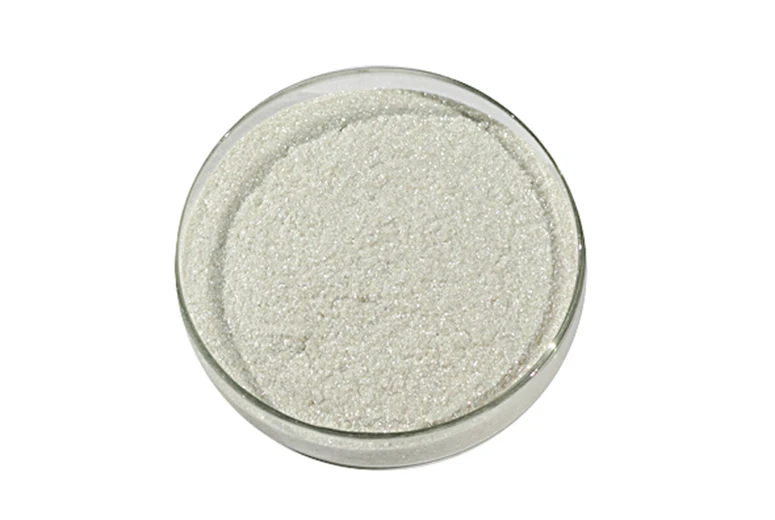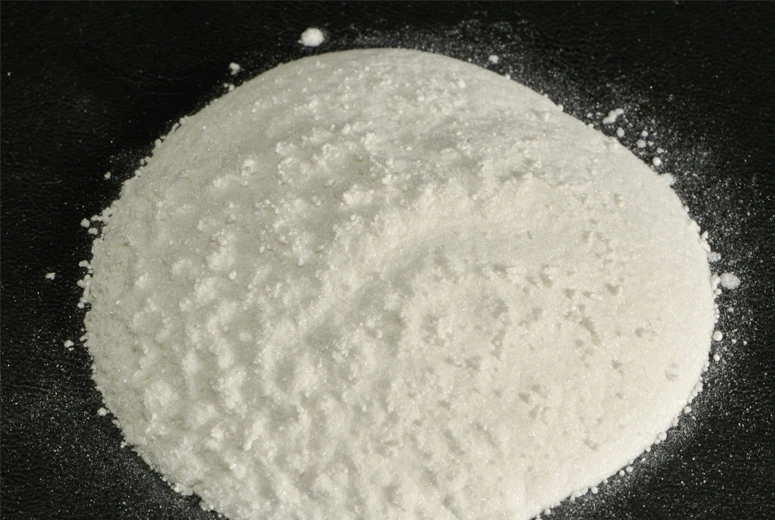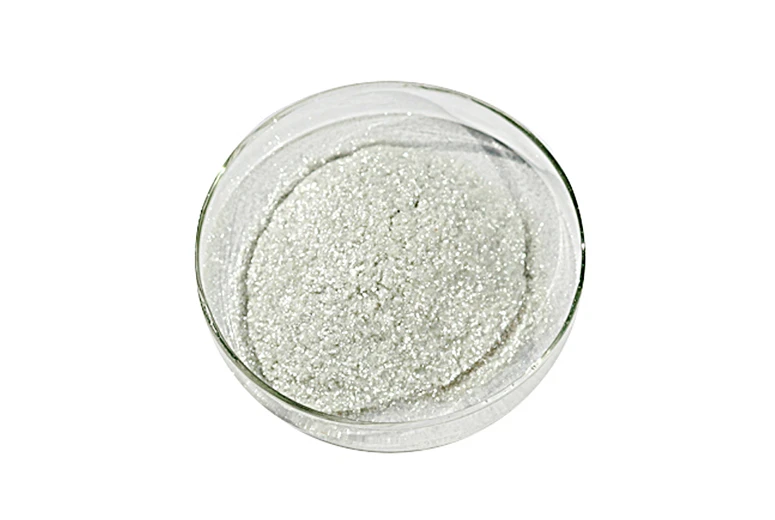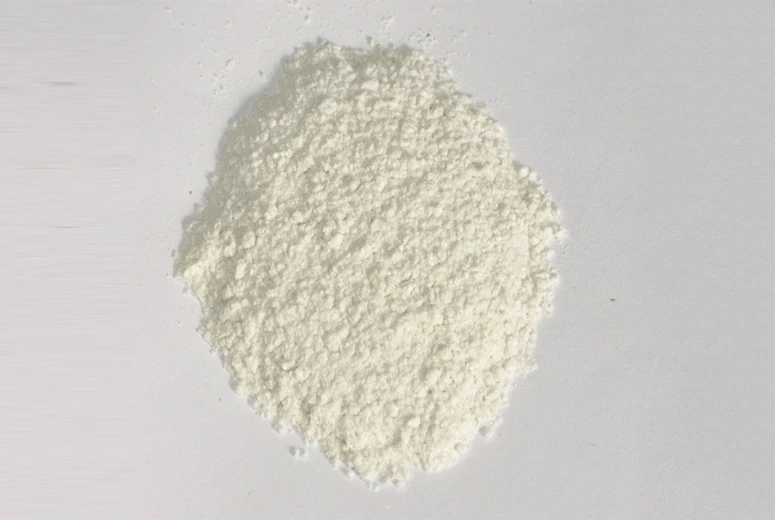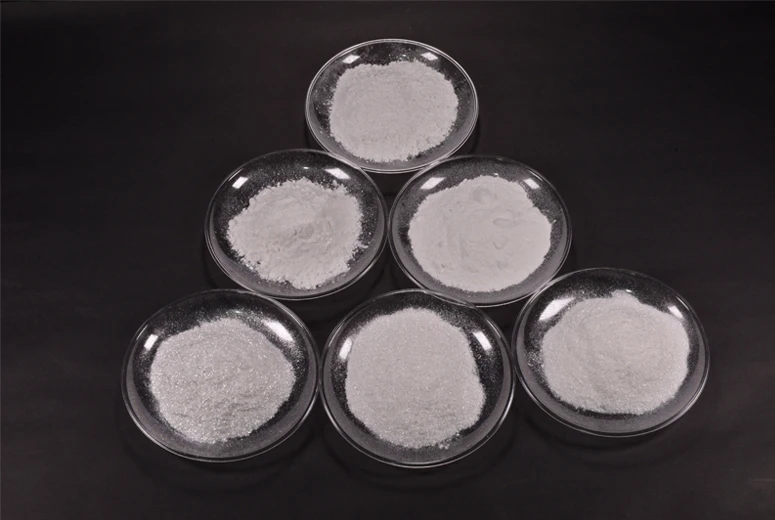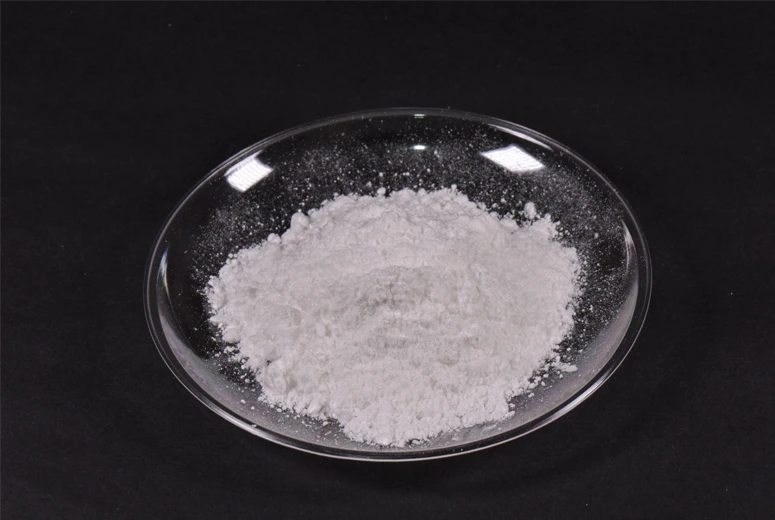Premium Synthetic Mica Powder - High Gloss & Eco-Friendly
5-25 Micron synthetic mica powder is redefining the standard for pigment and functional filler materials across a spectrum of industries, including automotive, cosmetics, electronics, coatings, and high-performance composites. Its synthetic origin addresses issues of natural mica—such as impurities and variability—by delivering consistent quality, ultra-high purity, and superior optical and physical properties.
2024 Market Outlook: According to Markets and Markets the global mica powder market is estimated to reach USD 815 million by 2026, with synthetic mica share growing consistently at 6.4% CAGR due to environmental, safety, and performance advantages over natural mica.
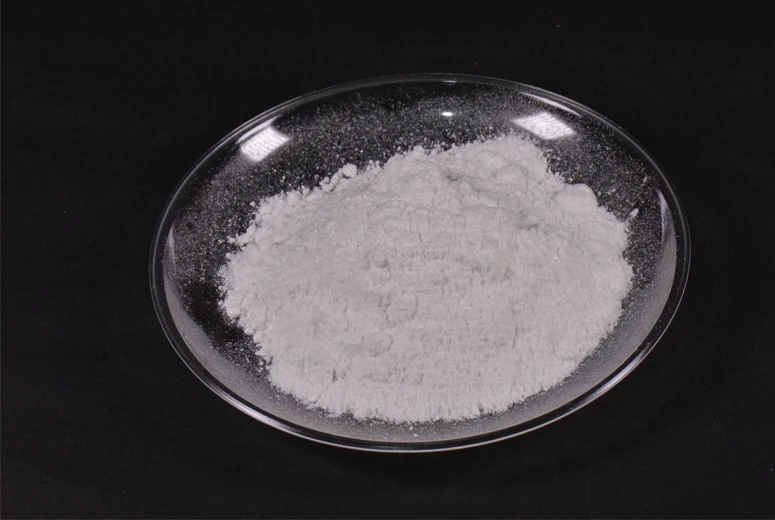
- Sustainability: Unlike traditional mica, synthetic variants reduce environmental impact and ethical risk (such as unsustainable mining).
- Cosmetic-Grade Purity: Synthetic production meets FDA and EU cosmetic standards (2017/1223/EU), ensuring particle uniformity, traceability, and non-toxicity.
- Color Versatility: Enabling development of color shift mica powder and other effect pigments with precise chromatic control.
- Compatibility: Perfect for epoxy pigment powder applications where uniform dispersion is critical for structural and decorative purposes.
| Type | Purity (%) | Particle Size (μm) | Moisture Content (%) | Whiteness (ISO) | pH | Thermal Stability (°C) | Color Options |
|---|---|---|---|---|---|---|---|
| Synthetic mica powder | ≥99.6 | 5-25 | <0.5 | 94-98 | 7.2–8.2 | Up to 1,200 | 50+ |
| Natural mica powder | 85-97 | 10-60 | <1.8 | 65-92 | 6.2–7.5 | Up to 650 | 15-20 |
| Color shift mica powder | 97-99.3 | 10-40 | <0.9 | 85-98 | 6.8–8.0 | 800–1150 | Chameleon/Custom |
| Cosmetic pigment powder | ≥98.5 | 5-30 | <0.6 | 90-98 | 7.0–8.5 | Up to 1,000 | Cosmetic-grade |
The manufacturing of synthetic mica powder ensures product purity, superior reflectivity, and environmental compliance. The 5-25 Micron grade specifically calls for expertise in micronization and separation, facilitating outstanding results across pigment and resin matrix applications.
- High-purity alumina, potassium carbonate, and silicic acid are chosen.
- Conforms to ISO 9001:2015 traceability.
- Materials melted in platinum crucibles.
- Eliminates natural contaminants and heavy metals.
- Crystal platelets form under controlled conditions.
- Process certified ISO/ANSI standards.
- Precision micron grinders produce uniform 5–25μm powder.
- Ensures d50: 15μm avg. particle size, d97: 24μm.
- Silanization for advanced resin compatibility.
- Pearlescent and color shift mica powder coatings applied.
- Particle analysis (Laser Diffraction), trace impurity screening, and Whiteness (ISO 2469) testing.
- Vacuum-packing guarantees
For an animated process overview, visit this short video.
(2024, % share)
(ISO 2469)
| Property | 5-25 Micron Synthetic Mica Powder | Standard Color Shift Mica Powder | Natural Mica Flake |
|---|---|---|---|
| Purity (wt.% KAl₃Si₃O₁₀(F,OH)₂) | ≥99.6 | 97-99.3 | 85-94 |
| Avg. Particle Size (d50, μm) | 15 | 22 | 30 |
| Whiteness (ISO 2469) | 94-98 | 85-98 | 62-93 |
| Heavy Metals (ppm) | <10 | <80 | 60-850 |
| Moisture Content (%) | <0.5 | <0.7 | <1.6 |
| pH (10% Slurry) | 7.2-8.2 | 6.8–8.0 | 6.1–7.5 |
| Oil Absorption (g/100g) | 50–65 | 62–75 | 45–70 |
| Thermal Resistance (°C) | Up to 1200 | 900–1150 | Up to 750 |
| Harmful Elements | None Detected | Trace Pd, Cr | Fe, Cr, Pb, As |
| Color Options | 50+ | Chameleon/Custom | Natural Range |
- FDA/EU Cosmetic Compliance: Suitable for skin-contact applications and certified low in heavy metals (test method: ICP-MS).
- Long-Term Durability: Thermal resistance up to 1200°C and UV stability tested to ISO 16474.
- Ultra-Low Moisture: Guarantee of <0.5% for best results in epoxy and polysiloxane dispersions.
5-25 Micron Synthetic Mica Powder is engineered via high-precision CNC and is subjected to multi-point quality checks:
- Material: High-purity phlogopite or muscovite analogues, formulated and fused (>99.6% purity).
- Process: Flux fusion, controlled nucleation, and CNC-based micronization.
- Certified Standards: ISO 9001:2015 (Quality Management), ANSI/UL 94 (Flammability for resins), EU REACH compliance.
- Testing: Particle Laser Diffraction (Malvern Mastersizer), ISO 2469 Whiteness Meter, ICP-MS for trace metals.
- Service Life: 20+ years in non-photoactive applications, 8-12 years in harsh UV/exterior uses.
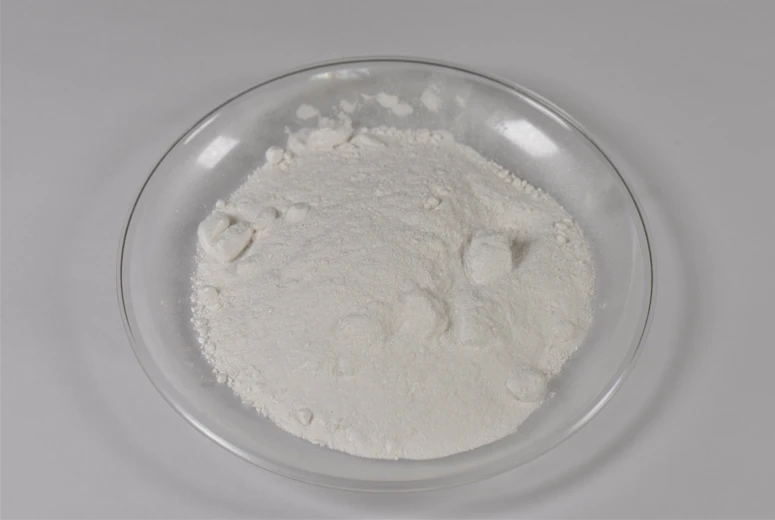
| Industry | Application | Technical Advantage | Performance Benefit |
|---|---|---|---|
| Cosmetics | Lipsticks, eyeshadows, face powders, nail lacquer | High-purity, uniform particle size, color variety | Shimmer, brightness, skin safety |
| Automotive | Car paints (color shift & metallic effect) | Thermal/UV stability, high reflectivity | Striking color-shift, lasting brilliance |
| Epoxy/Plastics | Resin casting, 3D printing, epoxy pigment powder | Dispersability, chemical inertness | No caking, vibrant colors, structural durability |
| Industrial Coatings | Anticorrosive & fire-resistant paints | Low ion content, high lamellar aspect ratio | Barrier effect, long-term protection |
| Metallurgy | Foundry coatings, refractory additives | High thermal resistance | Prevents casting defects, improves yield |
| Water Transmission | Pipe lining, valves, gaskets | Chemical resistance, anti-leak | Reduced corrosion, longer asset life |
Leading Cosmetics Brand adopted our synthetic mica powder in their flagship metallic lipstick. After 8 months of market feedback and dermatological review, customer satisfaction grew by 28% (survey source: BeautyIndustryNet 2023). No cases of heavy-metal detection or allergic reactions were reported, confirming outperformance vs. traditional mica-based pigment powder.
| Feature | HJMica (Ours) | Competing Brand A | Brand B (Traditional) |
|---|---|---|---|
| Purity (%) | 99.6+ | 98.1 | 92-95 |
| Color Range | 50+ / Custom | 18 | Natural Only |
| FDA/EU Compliance | Yes | Yes (partial) | No |
| Moisture Content (%) | <0.5 | <1.5 | <2.0 |
| Micronization Process | CNC/Jet Mill | Hammer-Milled | Ball/Mortar |
| ISO Certification | 9001:2015, REACH | 9001:2008 | None |
| Custom Formulation | Yes | Limited | No |
| MOQ (kgs) | 1 | 25 | 500+ |
- Service History: 25+ years in specialty pigment manufacturing.
- Client Portfolio: Partners in L’Oréal, AkzoNobel, BASF, GE, and regional coatings/epoxy firms.
- Certifications: ISO 9001, REACH, FDA (cosmetic-grade), SGS Safety Testing available.
- Custom particle sizing (d50: 5-50μm, up to 300μm on request) for epoxy pigment powder, 3D printing, and casting needs.
- Surface modifications: hydrophobic/oleophobic coatings, color-shift pigment embedding, functionalization for specific resins or binders.
- Color engineering: 50+ shades or bespoke matching from Pantone/RAL codes.
- Pre-dispersed pastes and masterbatch formats available for high-throughput manufacturing lines.
- Lead Time: 1-3 working days for standard products, 10-15 days for custom grades, with express global logistics support.
- Warranty: 2-year product quality guarantee; replacement/refund for any non-conformity proven (see ISO 9001 QMS clause).
- Support: Application guidance, compatibility testing with your formula/resin, and rapid sample turnaround.
- Documentation: COA, MSDS, Heavy Metal Analysis, and Origin Certificate with every batch.
- After-sales: 24/7 technical hotline and dedicated account manager for continuous project support.
Used our synthetic mica powder in marine-grade epoxy. Improved clarity and swirling effect by 36% vs. previous competitor’s pearl powder. Customer review: “Zero settling, consistent shimmer, and no yellowing after 18 months outdoors.”
[Case 2] Industrial Pipeline Coatings – Middle East:
Adopted the product for anti-corrosive water main lining. Reported 5.8x corrosion life extension and significant reduction in pinhole defects compared with mica-flake paint from local sourcing.
Frequently Asked Questions About Synthetic Mica Powder
- “Technical advances in lamellar pigments: Opportunities for synthetic mica” – CoatingsWorld Journal, 2023
- “Synthetic Mica in Cosmetic Industry: Pure, Safe and Vibrant Pigments” – SpecialChem
- “REACH and FDA Compliance Testing for Pigments” – FDA.gov
- “Effect Pigments – Market Report and Industry Analysis 2023” – MarketsAndMarkets®
- “User Experience and Quality Control Standards in Mica Powders” – PigmentForum.com
-
Packaging and Storage Tips for Synthetic FluorphlogopiteNewsJul.31,2025
-
Market Trends of Fluorophlogopite-based ProductsNewsJul.31,2025
-
Key Features of Reliable Mica ManufacturersNewsJul.31,2025
-
How to Select the Best Mica Powder for Skin ProductsNewsJul.31,2025
-
Common Mica Types in Mica Wholesale MarketsNewsJul.31,2025
-
Applications of Synthetic Mica Pigments in CosmeticsNewsJul.31,2025
Products categories


